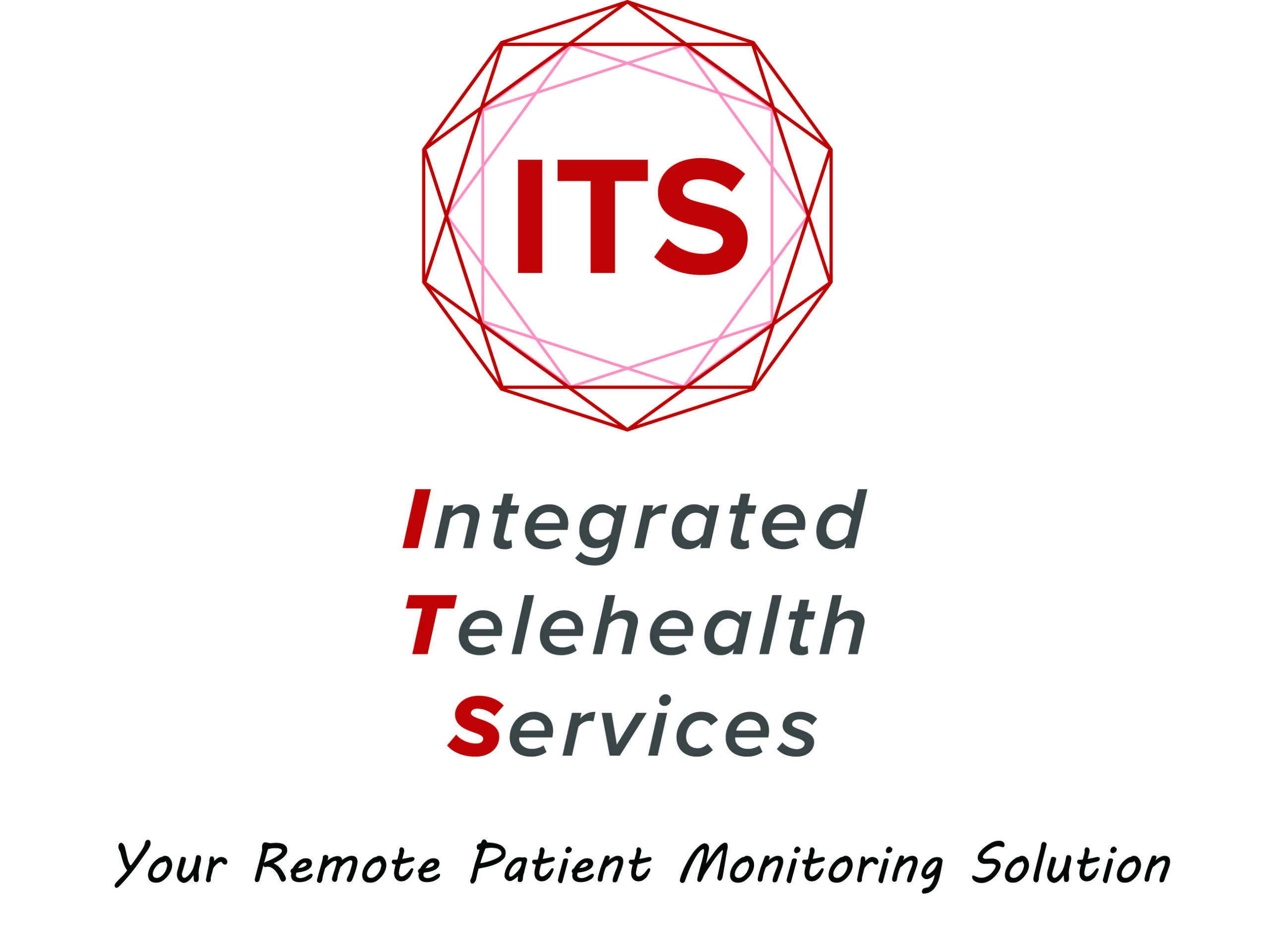The field of mental health has undergone a significant transformation in recent years due to the concept of creative destruction. Creative destruction refers to the process by which new ideas and technologies displace older ones, resulting in new ways of thinking and doing things.
Virtual Reality in Therapy
In mental health, this process has led to the development of innovative treatments and therapies that challenge traditional approaches. For example, the use of virtual reality technology has revolutionized exposure therapy for individuals with phobias or PTSD. This technology allows patients to face their fears in a safe and controlled environment, leading to faster and more effective treatment outcomes.
Telehealth During the Global Pandemic of 2019-2023
Another example of creative destruction in mental health is the emergence of teletherapy. The COVID-19 pandemic has accelerated the adoption of teletherapy, which involves delivering therapy sessions remotely via video conferencing. This approach has made mental health care more accessible and convenient for many individuals who may have previously been unable to access treatment due to geographical or logistical barriers.
A Cautious Balance of Innovation and Science
While creative destruction has brought about many positive changes in mental health, it has also led to the displacement of traditional approaches and treatments. For example, the use of psychotropic medications has been criticized for overreliance and potential side effects. As new approaches and technologies continue to emerge, it is important to strike a balance between innovation and evidence-based practices to ensure that individuals receive the best possible care.
Ultimately, creative destruction in mental health represents a necessary and ongoing process of growth and evolution. By embracing new ideas and approaches, the field can continue to improve outcomes for individuals with mental health conditions and promote overall well-being.

